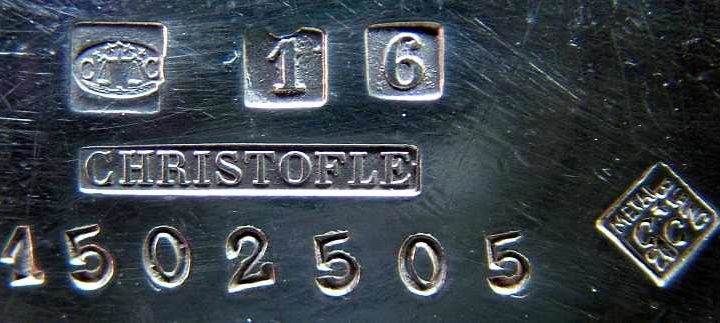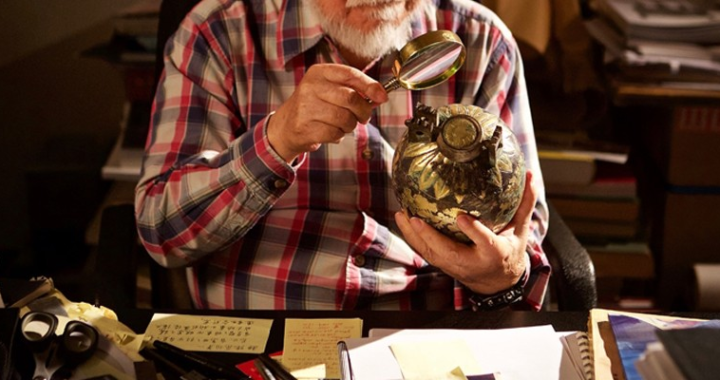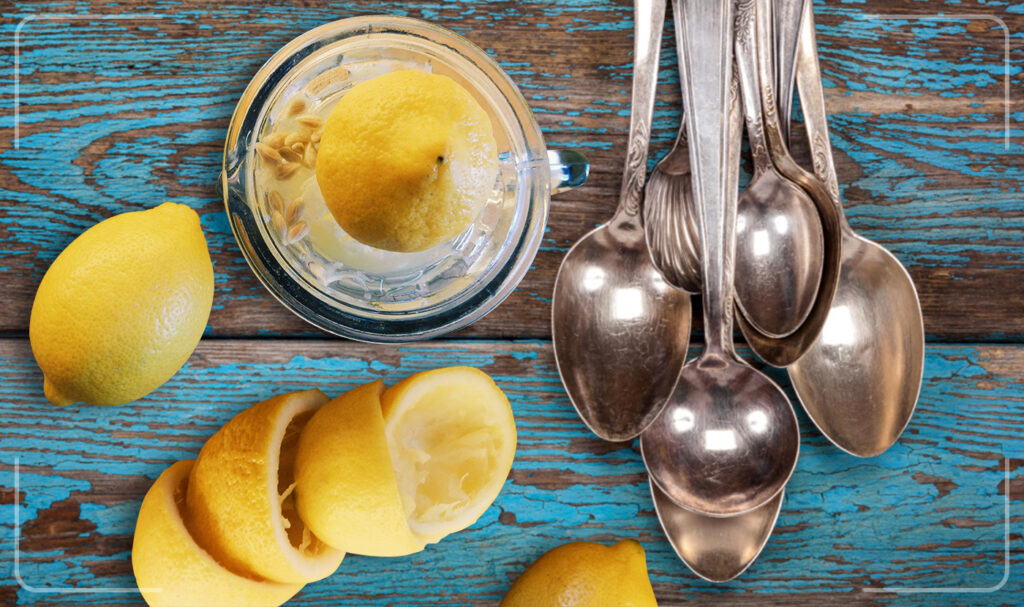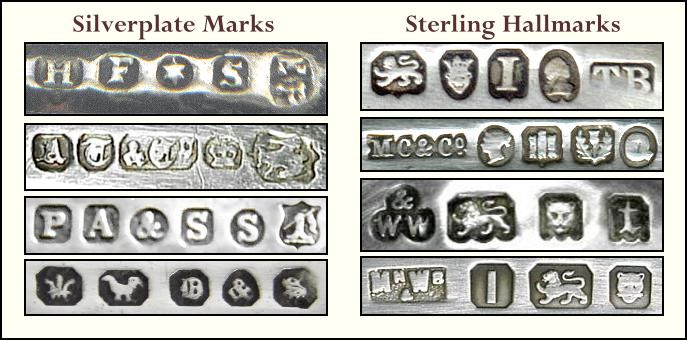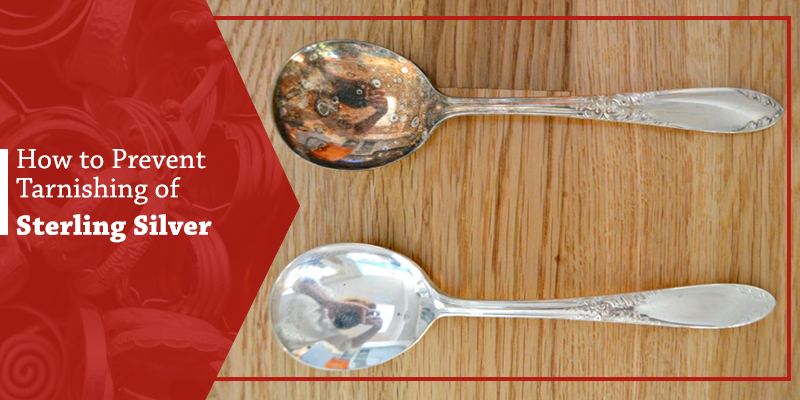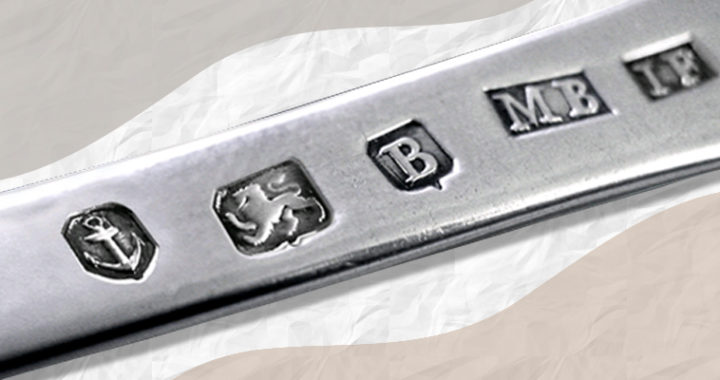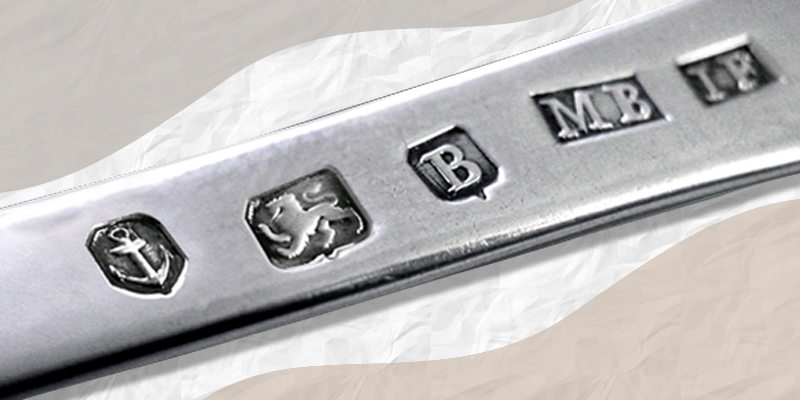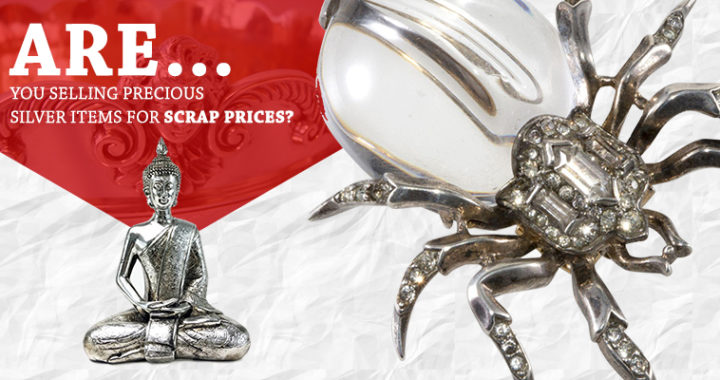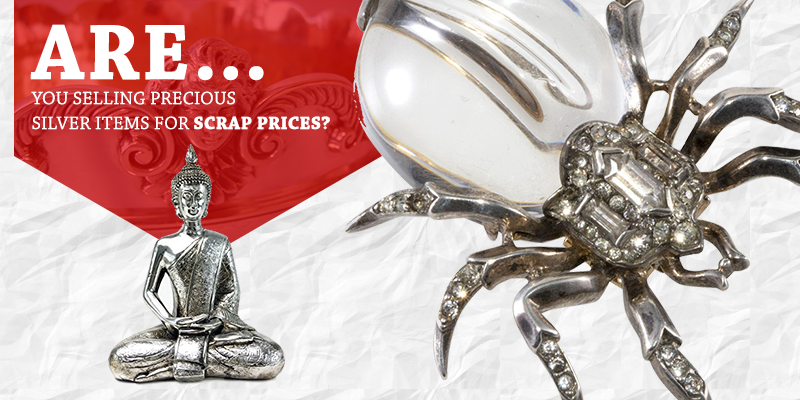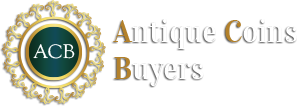Do you have a prized Christofle silverware set that you save for special occasions? If so, it is quite possibly one of your most valuable possessions, but is it sterling silver? Christofle was responsible for an innovative new technology that created silver plated items, providing customers with luxury at a more affordable price. While both sterling and silver plated Christolfe pieces are beautiful, you’ll want to know the difference between the two, especially if you intend to sell your pieces in the future.
Evaluate the Silver Marks
Since the early 1800s, Charles Christofle used a series of unique markings in order to identify his products to the world. However, this mark has varied with time, so an experienced antique silver buyer is sometimes needed to identify exactly what the mark means. Early markings included the initials “GC” or “CC” along with a scale in the center. Later silver markings included the word “Gallia” above a cockerel for the Gallia silver range. Many pieces also include a stamp of the word “Christofle” next to the maker’s mark.
The markings can also distinguish silver versus silver plated pieces. A sterling silver mark on a Christofle piece will usually be printed as “925” – an indication that the piece is composed of 92.5% silver. If this mark isn’t present, or if there is another number (800, for example), you can feel confident that your item is actually plated rather than sterling silver.
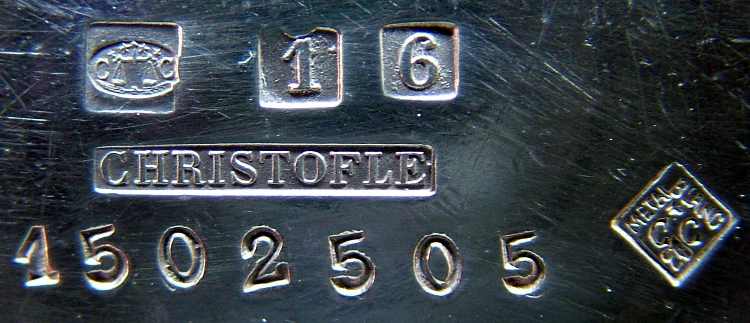
Use a Magnet
If the markings on your Christofle are no longer clear, you can perform a simple test at home that will give you a good idea about the silver composition. Silver does not have strong magnetic effects, so if you hold a magnet up to your Christofle and it sticks strongly, you should feel confident that the piece is only silver plated. Likewise, if the magnet doesn’t stick, it is more likely that you have a sterling silver piece.
If you aren’t confident that your silver piece is really Christofle, the magnet test won’t necessarily mean that you have a sterling silver piece. There are many other materials that aren’t magnetic and simply resemble silver, and other manufacturers use these metals to produce Christofle-esque items.
Listen for a Ring
Sterling silver tends to make a lovely sound similar to a bell ringing when you tap on it. This is especially true when you tap it with another type of metal. Plated silver will produce more of a dull, thumping sound.
Get a Professional Opinion
If you still aren’t completely sure about whether your Christofle piece is solid or silver plated, there are many professionals out there that can provide insight. An auctioneer, antique dealer or estate sale business could examine the item and tell you more about the origin and its composition.
Whether you have a Christofle silver plate, flatware, or another antique piece, the experienced Florida silver buyers at Antique Silver Buyers can help. In addition to telling you more about your piece, we will also provide you with a market analysis of the value.

